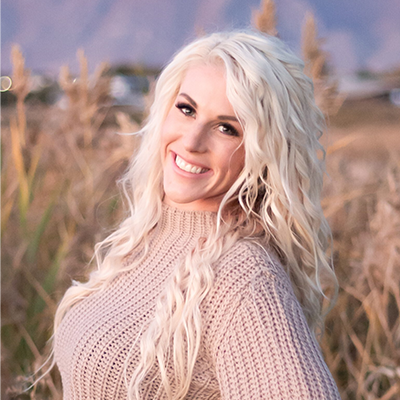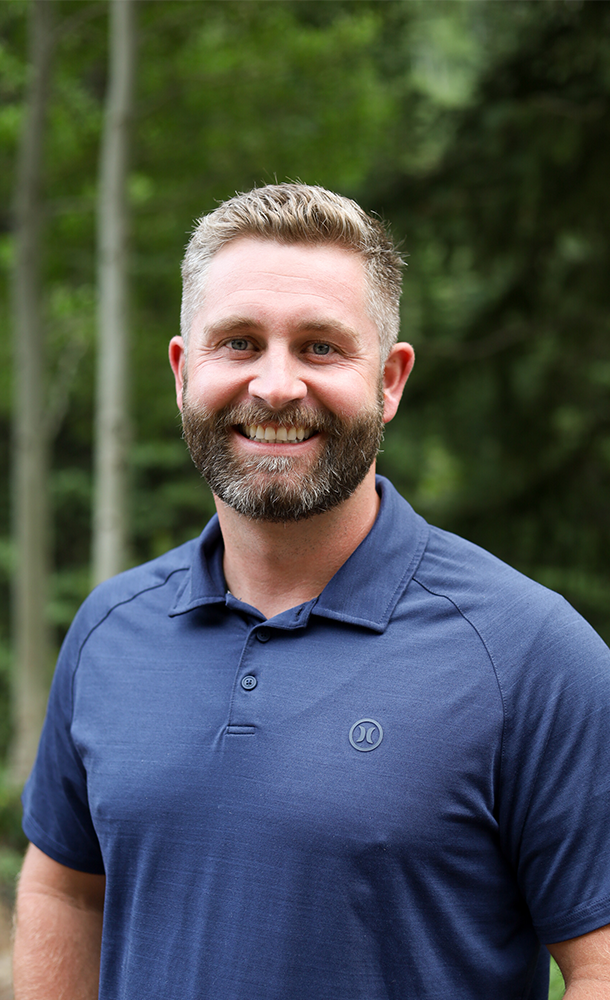In an era where so much can be determined by genetics, nutrition, and management practices, it may be tough for a livestock operator to decide whether to sell calves at weaning or retain ownership and potentially increase profits. Nevertheless, a lot of variables come into play when weighing your options, and here are a few things you might want to think about.
What Are the Advantages of Retained Ownership of Cattle?
A livestock operation can gather a lot of information about overall herd performance when weaned calves are retained and moved into the feedlot. As a result, selecting for carcass quality and feedlot hardiness become invaluable parts of a successful retention strategy–as do vaccinations, value-added programs, and preconditioning practices. In the end, data gathered from feedlots can be used to make better breeding decisions and capture the full genetic potential of the herd.
Besides improvements in genetics, retaining cattle allows a livestock operation to keep some of the middleman margins that generally surface during the weaning to slaughter stage. This allows a recapture of premiums created when raising young calves to their weaning weights.
All things considered, the length of time you choose to retain ownership really depends on the markets, your operation’s cash flow, and the tax implications involved. Therefore, knowing production costs at every phase can help you make better decisions on whether to sell weaned calves or retain ownership.
What Are the Disadvantages of Retained Ownership of Cattle?
The longer an operation retains cattle, the higher the risk will be. That said, retaining cattle from weaning to feedlot to slaughter means that cattle have higher chances of injury or death across the entire period. If you keep calves past weaning, putting a good backgrounding program in place will prepare older calves for finishing.
As you search for a feedlot, ask potential candidates about cattle mortality rates and ask for contact information of other livestock operations that contract for services. Many feedlot owners have realized the value of passing risk onto livestock producers and are improving their custom feeding opportunities with the awareness that producers won’t tolerate high mortality or morbidity rates.
When evaluating a feedlot, also be sure that you’re taking into consideration whether you’ll be selling on the rail or on the hoof prior to entering the slaughterhouse—and account for these concerns in your financial evaluation. Rail price will likely be higher than carcass weight, and you should assume a 63-67% dressed weight depending on the animal’s breed and live weight.
What Else Should I Note About Using Feedlots or Feed Yards?
Remember that your customer changes when you retain ownership; you’re not only sending cattle to the feedlot, but you’re also sending them to a slaughter facility where they run the risk of being discounted for factors relating to illness, injury, and condition. Altogether, these factors can change the nature of your operation, from the genetics you choose to the way you make decisions for your business. In this respect, be sure you’re clear on management practices of potential feed yards so you can make good decisions.
How can LRP Insurance Help If I Retain Ownership of My Cattle?
Livestock Risk Protection (LRP) insurance is a USDA-subsidized insurance product that can help protect your operation against market declines in cattle prices. Using this program, you can lock in a floor price for your cattle (similar to a put option) and get paid an indemnity if market prices dip below the coverage price for the endorsement period. Payments can then be used to repay feedlot costs and loan obligations if needed.
For more information on LRP insurance, contact Redd Summit Advisors here or call 1-800-825-2355 for a no-obligation consultation.





.webp)




